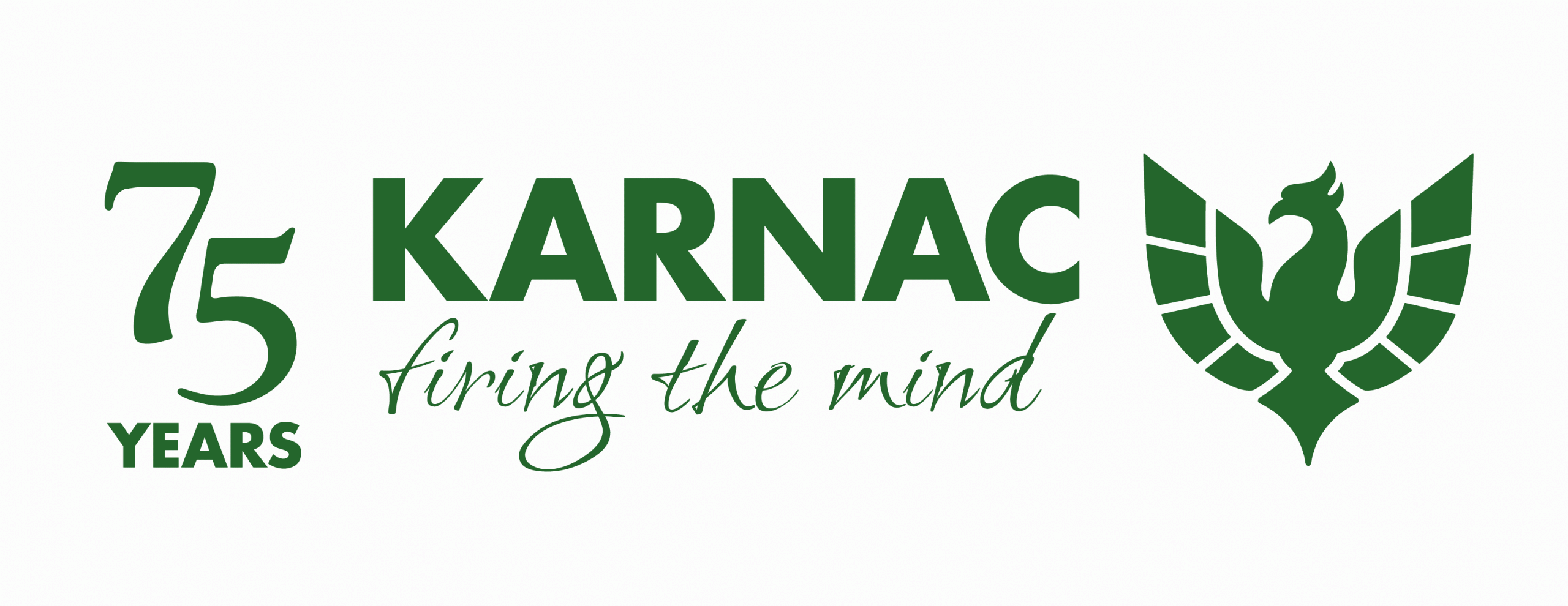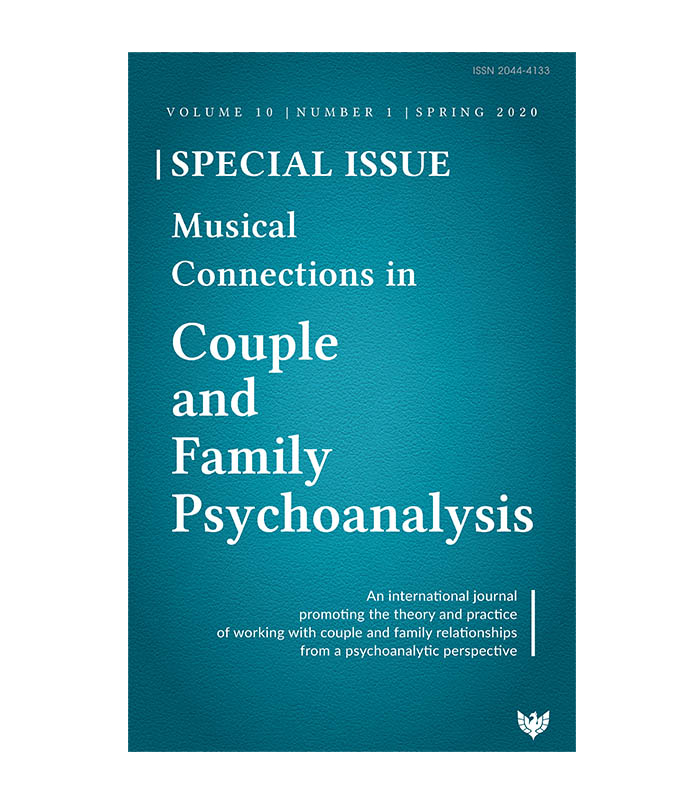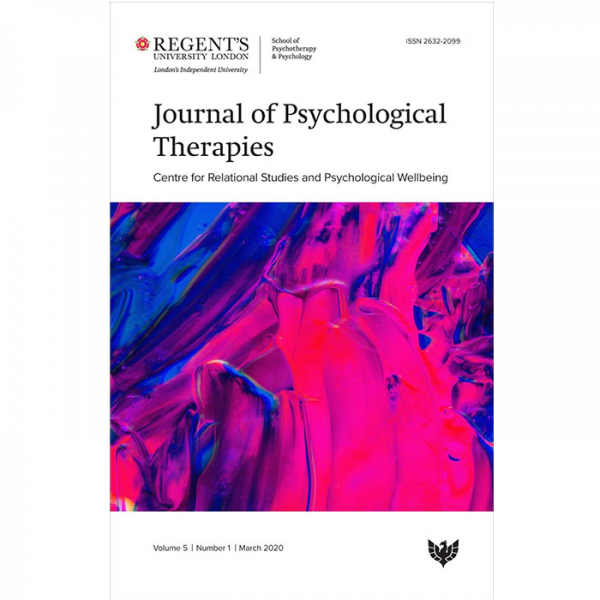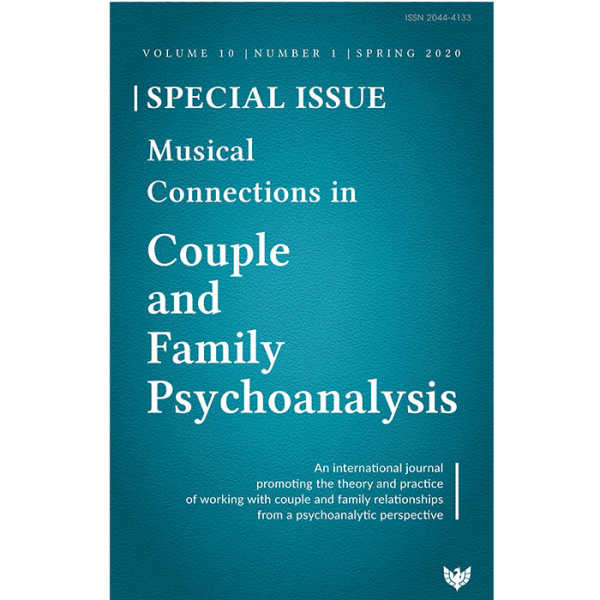Aims and Scope
These instructions apply to all contributors to the journal, whether the submission is for a general issue, a special issue, or the New Writer Prize.
1. Guidelines
Language: Contributions should be written in British English. Non-discriminatory language is mandatory.
Style: Footnotes and endnotes will be accepted only under exceptional circumstances.
References should be compiled using the publisher’s house style, which is based on APA 6th Edition. Full details can be found here.
Abstracts and keywords: Structured abstracts of up to 200 words and up to five keywords are required for all original papers submitted.
Headings: Section headings should be concise.
Originality: Papers submitted for publication should not have been published elsewhere or be currently submitted to other publications.
Confidentiality and consent: Contributors must comply with the ethical guidelines of their professional association(s) when writing about those who use their services.
Peer Review: All original papers will be subject to peer review.
Copy Dates: Whilst the journal welcomes contributions at any time, authors should note that final copy dates for forthcoming issues will normally be on January 1st and July 1st of each year.
Word count: Original papers should be 4,000-8,000 words; Debate up to 3,000 words; Review article up to 4,000 words; Report up to 2,000 words; Arts review up to 2,000 words; Book review up to 2,000 words; Obituary up to 2,000 words. Authors should include a word count with their paper. The word count (which includes all text including the abstract, article, references, notes, tables, figures, etc.) should appear at the end of the paper.
Font: Manuscripts must be supplied in Microsoft Word in Times New Roman 12-point font, double-spaced throughout, including the references.
2. Infographics
You are welcome to include figures, images/illustrations, or tables in your submission, but the following must be observed:
• All graphics must be supplied in their original format, either as digital artwork or statistical data.
• Any graphics copied from the internet and cited from other publications are not acceptable on their own.
• Graphics files must be supplied separately to text. Please do not embed graphics in the text file.
• Figures should be numbered in the order in which they appear in the paper (e.g. Figure 1, Figure 2).
• Each figure should include a title caption and full source e.g. Figure 1 The incidence of mental health issues in the UK adult population, World Health Organization, Report on World Mental Health Issues, 2013.
• The filename for the graphic should be descriptive of the graphic, e.g. Figure1, Figure2
• Avoid the use of colour and tints for purely aesthetic reasons.
• All figures will be reproduced in black and white.
3. Reproduction of copyright material
As an author, you are required to secure written permission for the use of all previously published material that is in copyright:
• if you want to reproduce any figure or table (including where you have created a new figure or table which derives substantially from a copyrighted source);
• if you use more than one line of a short poem, or a few lines from a long one, or any words or music of a copyrighted song;
• if you quote more than 500 (cumulative) words from the same book, or 300 cumulative words from the same article of paper, or use a sentence or more as an epigraph (i.e. where there is no discussion of the author’s work).
Where no permission is required, the original work must be clearly defined and attributed to the original source. This applies to direct reproduction as well as “derivative reproduction” (where you have created a new figure or table which derives substantially from a copyrighted source).
4. Copyright and authors’ rights
Copyright rests with Phoenix Publishing House for the journal and with the individual authors for their contributions. Permission to reproduce any material from the journal by any means must be obtained from the publisher in writing. Authors are responsible for obtaining permission to reproduce copyright material from other sources.
5. Proofs
Manuscripts will be copy-edited for journal house style. Authors will receive the copy edited files with queries. At this point, no substantial changes can be made to the paper. Authors will also receive typeset page proofs for approval. It is essential that both edited files and proofs are checked and returned within 7 days.
6. Procedure for submission
Checklist: Before submitting your manuscript to the journal, please view the Final checklist for Phoenix journal articles here to ensure your submission follows house style.
Papers must be submitted via PubKit. Go to https://submission.pubkit.co/publisher/165/journal/813/login and log in to or create your account. Once you are registered, please submit your manuscript according to the instructions given.
7. Disclaimer
Couple and Family Psychoanalysis and its editors make every effort to ensure the accuracy of all the information contained in published issues. However, any views expressed in this publication are those of the authors and not the editors or the journal.
Enquiries
Enquiries about contributing to the journal may be addressed to the editor-in-chief at cfpeditor@tavistockrelationships.ac.uk




